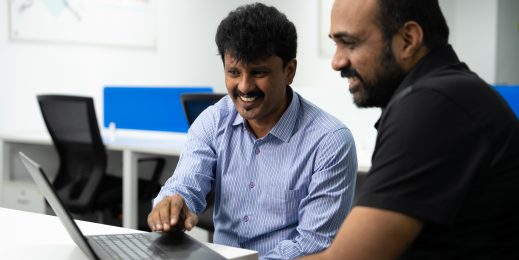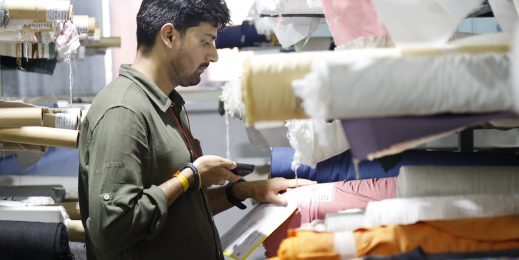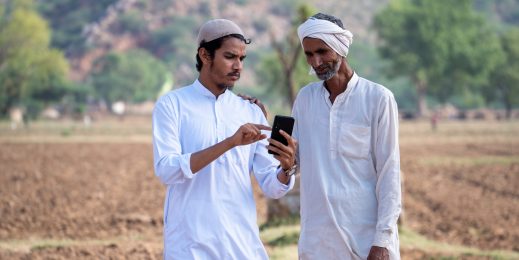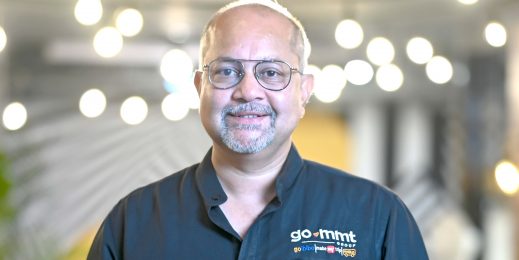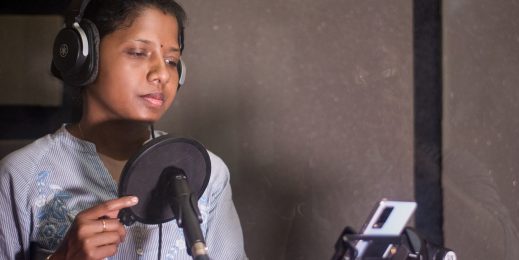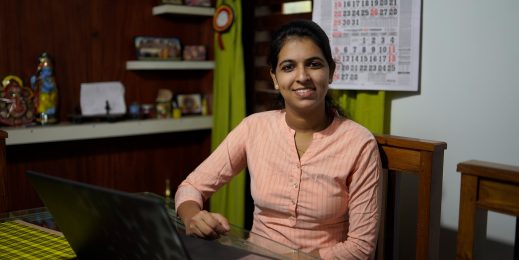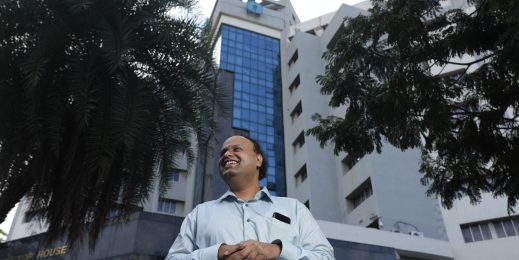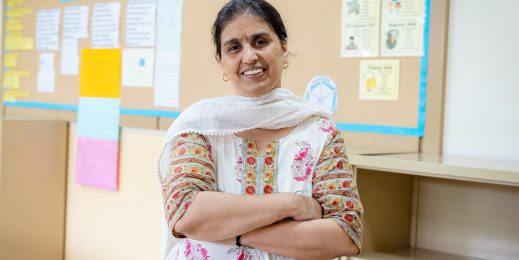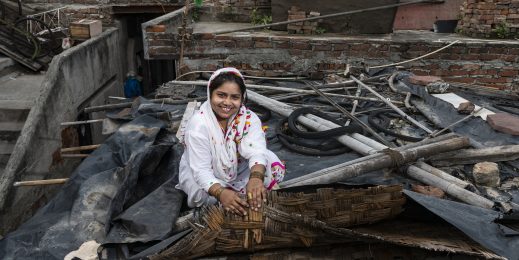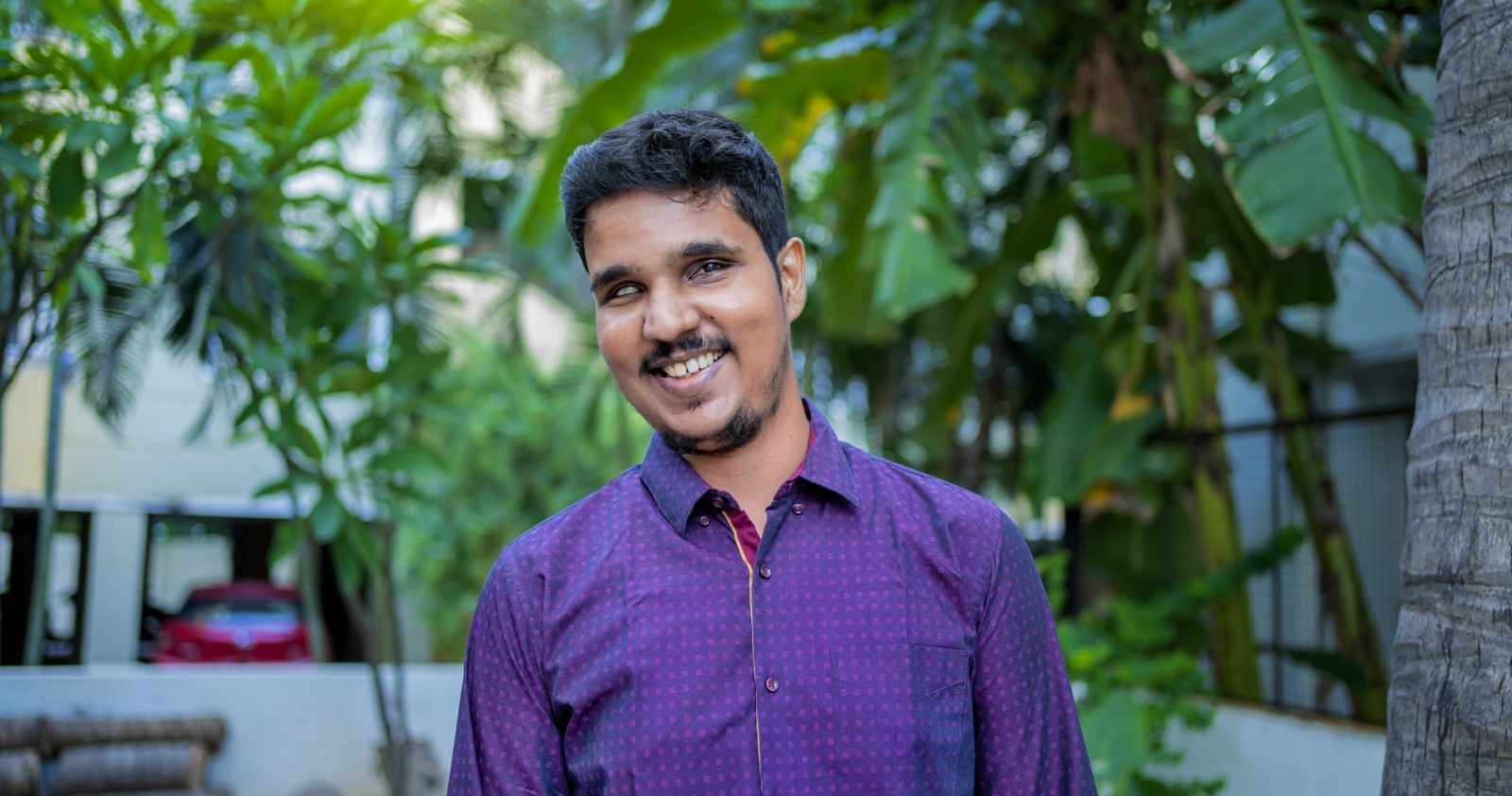
A shift to virtual training is helping people with disabilities get new job skills and promising new careers
S Gokulakrishnan studied hard and snagged his first job soon after he earned his degree. A year later, like many of us do, he took a break from work to rethink his career.
This 26-year-old commerce graduate and chartered accountant (intermediate) from Chennai in India’s south, is a person who is blind and he found re-entering the job market one of the biggest challenges of his life.
Multiple job applications and a series of interviews were getting him nowhere. So, Gokulakrishnan listened to a friend’s advice and signed up with ‘v-shesh’–an employment placement service that specializes in upskilling job seekers and students with disabilities.
Most of v-shesh’s training used to take place in physical classrooms, but the COVID-19 pandemic and the accompanying lockdown changed that. The company has adapted to remote learning via Microsoft Teams, leaning heavily on a range of built-in accessibility features to keep operating.
It hopes its new virtual working and teaching environments will make its trained-up clients even more employable.
V-shesh takes its name from a play on the words shesh and vishesh, which mean left behind and unique, respectively, in many Indian languages. It trains clients to adjust to a corporate environment and work in a team and manage stress. It also teaches specialized digital and IT subjects and other must-haves, such as English and math skills. It then helps them apply for jobs, matches them with potential employers, and guides them through for the interview process.
Lockdown restrictions came into force in India soon after Gokulakrishnan started his training. He was worried about his chances of getting hired, but, as luck would have it, a major global investment company asked v-shesh to find someone with a finance industry background like his.
Most of v-shesh’s training used to take place in physical classrooms, but the COVID-19 pandemic and the accompanying lockdown changed that. The company has adapted to remote learning via Microsoft Teams, leaning heavily on a range of built-in accessibility features to keep operating.
“I got the job amid the pandemic, which is a great thing,” he says, crediting v-shesh’s consistent support. “Before the (job) interview, they made sure I was comfortable with using the software the company uses. Screen sharing was a challenge. So, we tried different solutions for working in a virtual environment. They ensured I was proficient on all the platforms and guided me through to the last stage.”
Gokulakrishnan is one of the 3,000 job seekers that v-shesh has placed in the past three years alone. V-shesh does not collect any placement fee from candidates but instead delivers paid-for services to employers who embrace inclusion in spirit and action.
To create an ecosystem, they work closely with companies, many of them major multi-nationals, to understand their needs, and help them devise human resource policies, sensitizing sessions, sign language learning sessions, and screening profiles.
V-shesh was founded in 2009 by P. Rajasekharan (Raja) and Shashaank Awasthi. With prior background in banking, they built v-shesh to provide services for both people with disabilities and employer organizations to nurture an inclusive workplace.
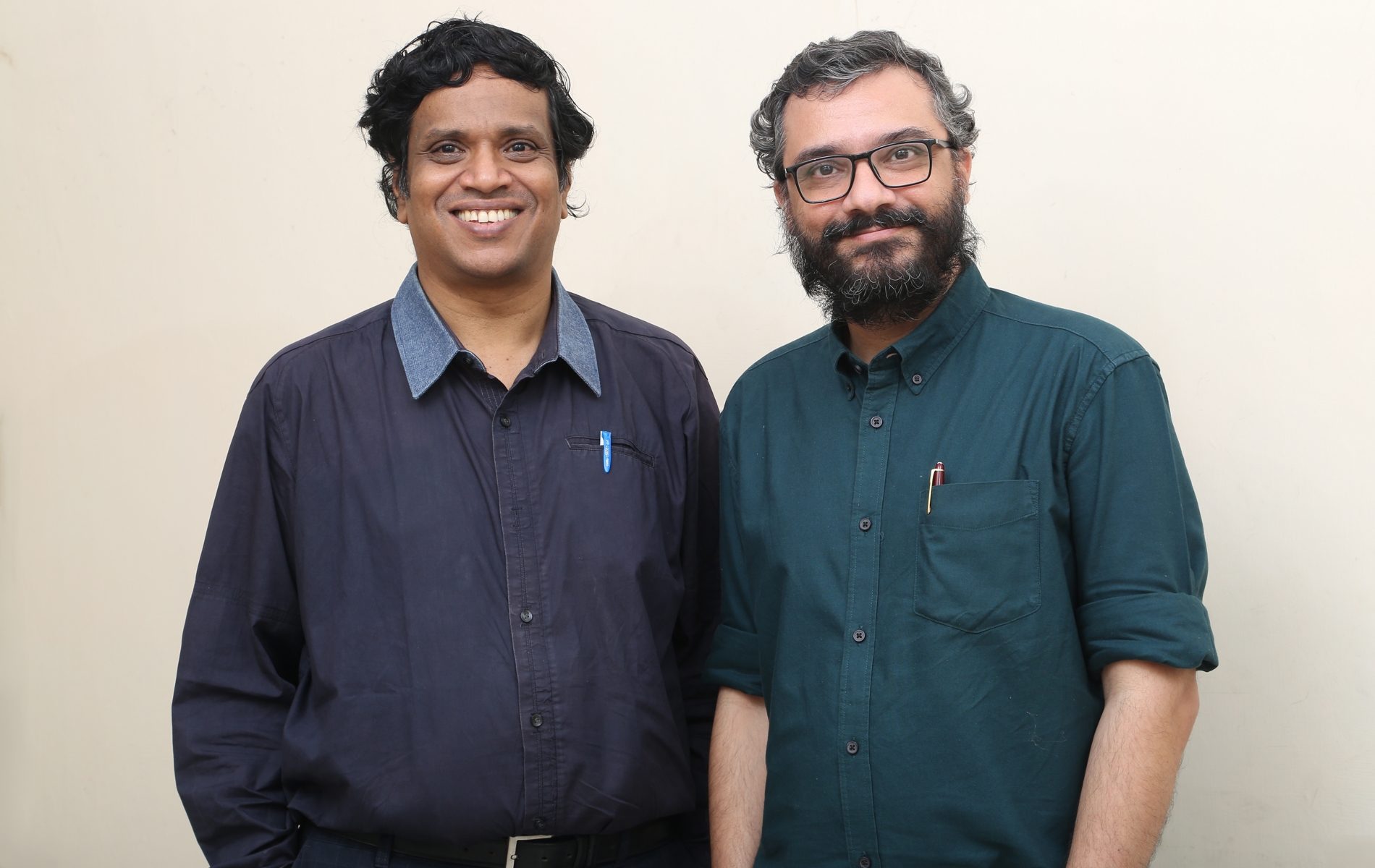
“Except for a fancy building and cafeteria, our training centers resemble what a person should do in any standard workplace. That is, come in on-time, be dressed appropriately, coordinate, and participate in discussions, turn in work daily, and have someone to report to,” Raja says.
“It is best for them to get good practice during their training in a simulated work environment. It helps them get used to competing or be on par with others.”
V-shesh’s 40 employees are spread across five cities in India, and work on projects in Sri Lanka and Bangladesh too. Its trainers mirror the diversity and inclusion it is seeking to promote in the workforce–40% are people with disabilities, and 60% are women.
One of its trainers is Vidya Menon, 36, a former graphic designer who left an advertising agency to teach English skills to schoolchildren and youth, who like her, have hearing disabilities. She finds the live captioning function in Teams particularly helpful for lessons.
“I like teaching children as I feel more connected. I have had a lot of opportunities to learn a lot of things. I traveled to Sri Lanka to work for a new school’s development. I have come to know a lot about education in Sri Lanka and India for people who are deaf,” says Vidya.
We talk with Vidya via a Teams video with the help of her colleague, Anupriya P., who interprets through sign language. The 27-year-old started learning sign language while watching people communicate with it outside a school for the deaf near her college, where she had been studying commerce.
“Once I completed college, I started as a volunteer with v-shesh. I learned sign language from people who are deaf,” Anupriya says. “I started as a job coach and learned more about people who are deaf. My role is very diverse now, and I get to work with people of different disabilities.”
Both Vidya and Anupriya have had to adjust to the new shift of teaching digitally. In a way, it was also an opportunity for them to upskill. Like Vidya’s use of live captions, she too found features in Teams, like the ability to pin a participant during a video meeting, so everyone could see her while she taught sign language.
Complementing these two features are the pictorial dictionary and immersive reader, through which trainees with different cognitive disabilities can follow vocabulary and improve their reading and retention capabilities seamlessly. For persons who are blind, the Narrator screen reader, part of the Windows Ease of Access suite, helps collaborate via chat.
Apart from accessibility features and shifting their training sessions into remote video meetings, collaborating directly on Teams without having to switch between multiple apps has helped both the trainers and trainees get comfortable with the new virtual environment.
“It took a little while to get used to the platform, but Microsoft’s training sessions helped,” says Raja. “What we see today is we do not have to send emails to each other as we can share folders and files. It also gives good visibility of the timeline because of the collaborative features on Teams. It has reduced some anxiety around us.”
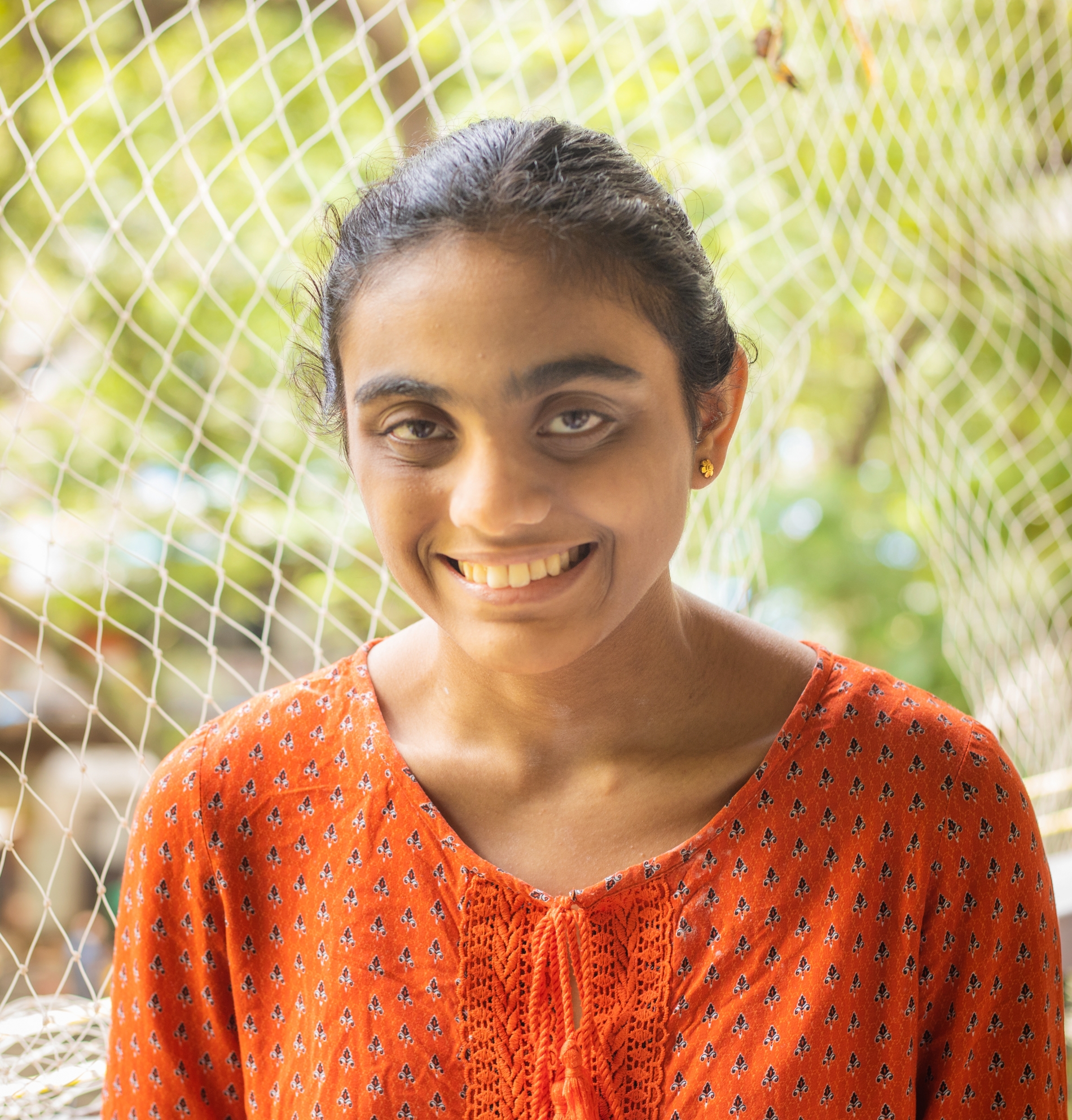
Using Microsoft Teams has created a remote work environment for v-shesh and has bolstered its inclusivity work to a higher level.
“We have been able to simulate our work environment. We have mixed groups in different employability programs, using Teams and Microsoft Office,” he says. “We’ve also conducted interviews (for candidates) on Teams.”
This shift in digital training has also helped v-shesh onboard job seekers during the pandemic safely. Deepthi Ganesh, who is in the final year of her undergraduate degree in computer application, came on board in August. The 21-year-old is a person with autism. She signed up for courses in Microsoft Office, communications, technology, and life skills to prepare herself for the workforce once she graduates from a college in Mumbai.
“I am very fond of computers. I want to do a good job in a good company,” Deepthi says. “It is very interesting training. I can share my link from the calendar. I can download assignments from Microsoft Teams to the desktop and also (share my) assignment response. I like the audio and video (features). I can raise my hand and share my screen.”
As for Gokulakrishnan, he hopes more people with disabilities will pursue courses beyond their comfort zones. “I see so many people wanting to get into government jobs,” he says. “I understand that getting into a government job is very safe but that is also very competitive. I suggest people try out new courses without worrying much about one’s impairment. Whatever is your passion, follow your passion.”
Top image: 26-year-old S Gokulakrishnan reached out to v-shesh and managed to land a job with a major global investment company in the middle of a pandemic. (Photo: Munish Palaniappan)
Rosemary Marandi is a freelance journalist, author in making, and a research analyst. Her works have appeared on Al Jazeera, Nikkei Asian Review, AFP, Financial Times and The Banker.







